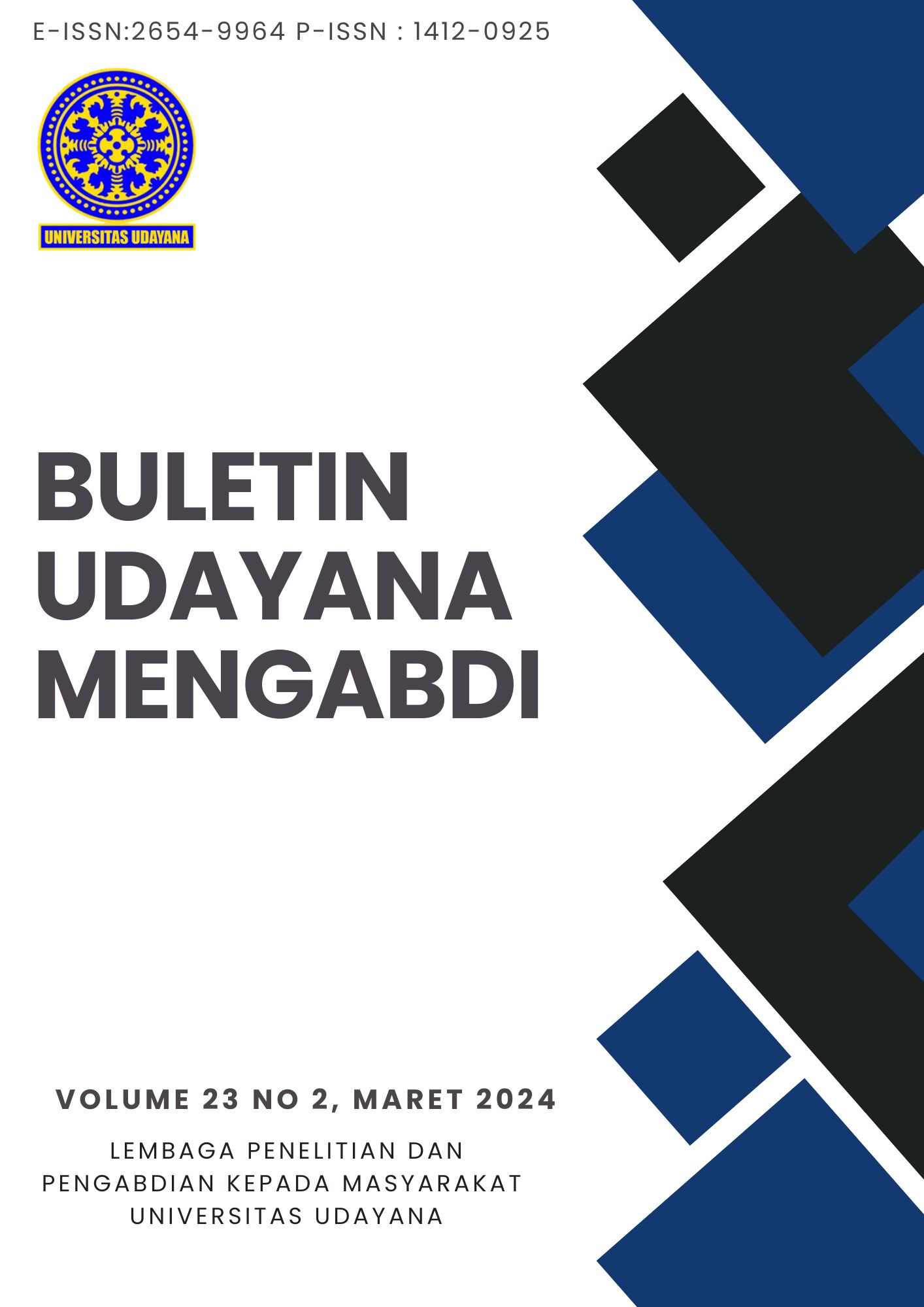TINGKAT LIVABILITAS RUANG TERBUKA PUBLIK PADA PANTAI NYANG NYANG BERDASARKAN PERSEPSI WISATAWAN MANCANEGARA
Abstract
The beach is one of the most popular public open spaces, especially on the island of Bali, especially in Pecatu Village. The high number of beach visitors, especially foreign tourists, demands various needs and supporting facilities that need to be met to ensure visitor comfort and optimize the potential of public open spaces to accommodate activities, as a livability factor. The purpose of this survey and paper is to interpret the quality of a beach based on the livability factor and the potential of public area facilities that can be developed. Good beach open space livability will create a comfortable and pleasant feeling for visitors, thus inviting tourists to do activities in it which directly impacts the economic progress of the Pecatu Village community. This paper was made based on the results of observations on public open spaces at Nyang Nyang Beach from September 2022 to January 2023 which were processed using a quantitative analysis method. The results of the quantitative analysis of the questionnaire prove that the level of livability for public open space in Nyang Nyang Beach is still relatively low, therefore it is necessary to provide facilities and infrastructure in the area.
Keywords: livability, Nyang Nyang Beach, public open space, facilities, foreign tourists
Downloads
References
Echols, J. 2003. Waterfront city Development. Briscoe Centre Digital Collections.
Gehl, J., & Svarre, B. (2013). How to study public life. Island Press
Hartono, D. A. (2018). Arahan Livabilitas Ruang Terbuka Publik di Kawasan Normalisasi Banjir Kanal Barat, Semarang. Universitas Gadjah Mada.
Leby, J. L., & Hashim, A. H. (2010). Liveability Dimensions and Attributes: Their Relative Importance in the Eyes of Neighbourhood Residents. Journal of Construction in Developing Countries, 15(1), 67–91.
Paasch, S. (2015). Livable dimensions of public spaces: A psychological analysis of health, well-being and social capital in urban squares. Technische Universität Dresden.
Purwanti, S., Djunaedi, A., & Yan, W. (2018). Penilaian Kualitas Ruang Terbuka Publik untuk Livabilitas Masyarakat Di Sekitarnya Melalui Persepsi Pengguna: Studi Kasus Kota Magelang. Reka Ruang, 1(2). Journal ITNY. https://doi.org/10.33579/rkr.v1i2.1076
Sastrawati, I. (2003). Prinsip Perancangan Kawasan Tepi Air (Kasus: Kawasan Tanjung Bunga), IV(3), 100-104.
Sepe, M. (2017). Placemaking, Livability and Public Spaces. Achieving Sustainability Through Happy Places. The Journal of Public Space, 2(4). https://doi.org/10.5204/jps.v2i4.141
Sugiyono. (2015). Metode Penelitian dan Pengembangan Pendekatan Kualitatif, Kuantitatif, dan R&D. Alfabeta
Vitullo-Martin, J. (1993). The Livable City: Confronting the Quality of Life. City Journal, 3(4), 27–33.

This work is licensed under a Creative Commons Attribution-ShareAlike 4.0 International License.

This work is licensed under a Creative Commons Attribution-ShareAlike 4.0 International License.




.png)


1.png) GARUDA - GARBA RUJUKAN DIGITAL
GARUDA - GARBA RUJUKAN DIGITAL



